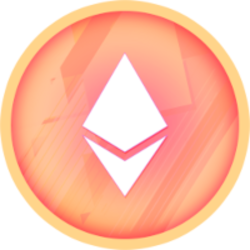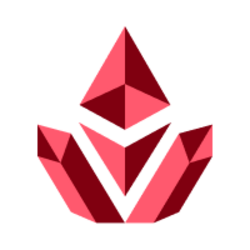Although the market seismic movements caused by Depseek were of short duration, it is likely that the launch of the high -performance and economic language model of the Chinese startup has long -term implications for technological, commercial and economic relationships between the US and China.
Here are four predictions on these potentially dramatic impacts.
1. The costs of artificial intelligence will continue to be bitten
All innovations consist mainly of doing more for less or, in economic terms, being deflationaries at unit prices. The AI revolution is an example of this. Before the launch of Deepseek, the costs of the dominant models had already fallen around 80% on an annualized base in the last two years. Deepseek has simply accelerated this trend.
The price difference of 30 times between the prices of tokens, or the cost of use, Deepseek and the market leader, OpenAI, reflects the algorithmic improvements of the first and the most aggressive price strategy of the second. This deflationary trend should continue as AI investigates and more competition enters the field.
2. The AI economic cake will become larger and will be distributed differently
As IA becomes cheaper and more accessible, use should expand significantly, following Jevons’ paradox, the idea that demand for a resource increases as technology makes it more efficient.
As the fundamental models become basic products, value creation must move towards applications, which means that more resources will be dedicated to inference, or the deployment of AI in specific tasks, instead of training .
This, in turn, should increase the demand for personalized XPU, chips designed to perform specific tasks of the application more efficiently, unlike standardized GPUs that are particularly suitable for training.
You may be interested: Russia and China reinforce cooperation at AI: Sberbank leads research while Depseek Avanza
Nvidia has indicated that this change may already be starting. In May 2024, the AI leader said that the demand related to inference was growing faster than training, and that the first now represented 40% of the total demand.
As IA applications are extended, it is likely that the opportunity to participate in AI investigation is no longer limited to well -financed entities, which opens the doors to a broader innovation in the academic world and in many other areas . For example, Depseek’s R-1 model has already generated thousands of new open source models based on its architecture.
3. The export controls of US chips will deserve a careful reevaluation
Deepseek’s progress was achieved using much less chips and less advanced than his US counterparts, demonstrating how innovation can be born from restriction.
Therefore, although US export controls can limit Deepseek and its Chinese short -term peers, these restrictions are unlikely to stop their progress. And these measures are at risk of isolating US technologies in the Chinese market, possibly permanently.
Export controls also seem counterproductive for an American administration that gives a high priority to address the structural problems of the balance of payments with China. As a Chinese minister said: “If we want to buy from the United States, but they are restricting their exports … how can they reduce their deficit?”
It is true that American politicians on both sides of the political hall have been asking for more regulations on China in recent years.
Therefore, the decision to adjust chips export controls would point out a turning point in economic relations between the United States and China and would not be taken lightly.
However, the pros and cons of the current chips export restrictions have been balanced and deserve a careful reevaluation.
4. The interests of US and China technological leaders can align more
Although the advance and open source approach to Deepseek initially caused anguish among US investors, many US technological leaders have welcomed development.
The main cloud platforms such as Microsoft, AWS and Hugging Face have already integrated several models based on Depseek R-1, and many of the leaders of these companies have indicated that the development of LLM (large models of language) less expensive should stimulate The demand for its cloud services and, therefore, improve your income flows.
Looking ahead, companies will greatly benefit from the potential increase in productivity and cost savings of the wider AI applications, regardless of their origins. This is especially true in the US, where wages are high compared to the rest of the world and Stem talent is persistently scarce.
A useful historical parallelism can be the friction between the American and Japanese automotive industries in the 1980s. Japanese car manufacturers finally introduced their innovative method of “adjusted production” in the US, significantly promoting productivity in the US automotive industry.
The changing IA panorama presents a great opportunity for collaboration between the two world superpowers, especially as the industry pursues general artificial intelligence, a mission that can change the world. But the ongoing tensions between China and the United States – in commerce, technology and other issues – run the risk of hindering progress when fracturing the technological panorama.
It is not clear if this is the beginning of a new era of technological cooperation or a period of growing global competition, but, in any way, Depseek is a reminder of how fast things can change, and they will probably do it, in the era of the AI.
With Reuters information.
Do you like photos and news? Follow us on our Instagram






































